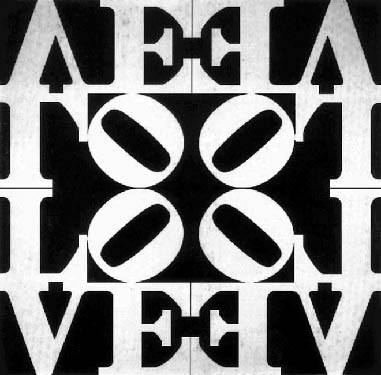 Yulia Brodskaya is an artist and illustrator born in 1983 in Moscow - Russia. She is very recognized for her astonishing, elegant and detailed paper illustrations. Currently based in the UK, where she went to continue her education in art at the University of Hertfordshire with a Master of Art in Graphics Communication degree in 2006. After getting her degree, Yulia continued to experiment and explore ways of bringing together all the things she likes most: typography, paper, and highly detailed hand-made craft objects. She has swiftly earned an international reputation for her innovative paper illustrations and continues to create beautifully detailed paper designs for clients all around the world.
Yulia Brodskaya is an artist and illustrator born in 1983 in Moscow - Russia. She is very recognized for her astonishing, elegant and detailed paper illustrations. Currently based in the UK, where she went to continue her education in art at the University of Hertfordshire with a Master of Art in Graphics Communication degree in 2006. After getting her degree, Yulia continued to experiment and explore ways of bringing together all the things she likes most: typography, paper, and highly detailed hand-made craft objects. She has swiftly earned an international reputation for her innovative paper illustrations and continues to create beautifully detailed paper designs for clients all around the world.Let's enjoy some of her amazing works.
she worked great on the paper without any colours. And looked at the hair, the detail, that's the most amazing part.
swirls are used a lot in her works, they are really nice shape. the colour is similary in one piece of work.
This is my favourite one, the navy blue and grass green give u the imagination from her head. The sun, flowers, leaves and waves. In comparison, her face is simple and it really thoughtful to have the shadows.
“Typography is my second love, after paper and I’m really happy that I’ve found a way of combining the two. " Said Yulia.
view her website to see much more amazing work: www.artyulia.com
Ref: http://abduzeedo.com/astonishing-paper-illustration-yulia-brodskaya
..................


































